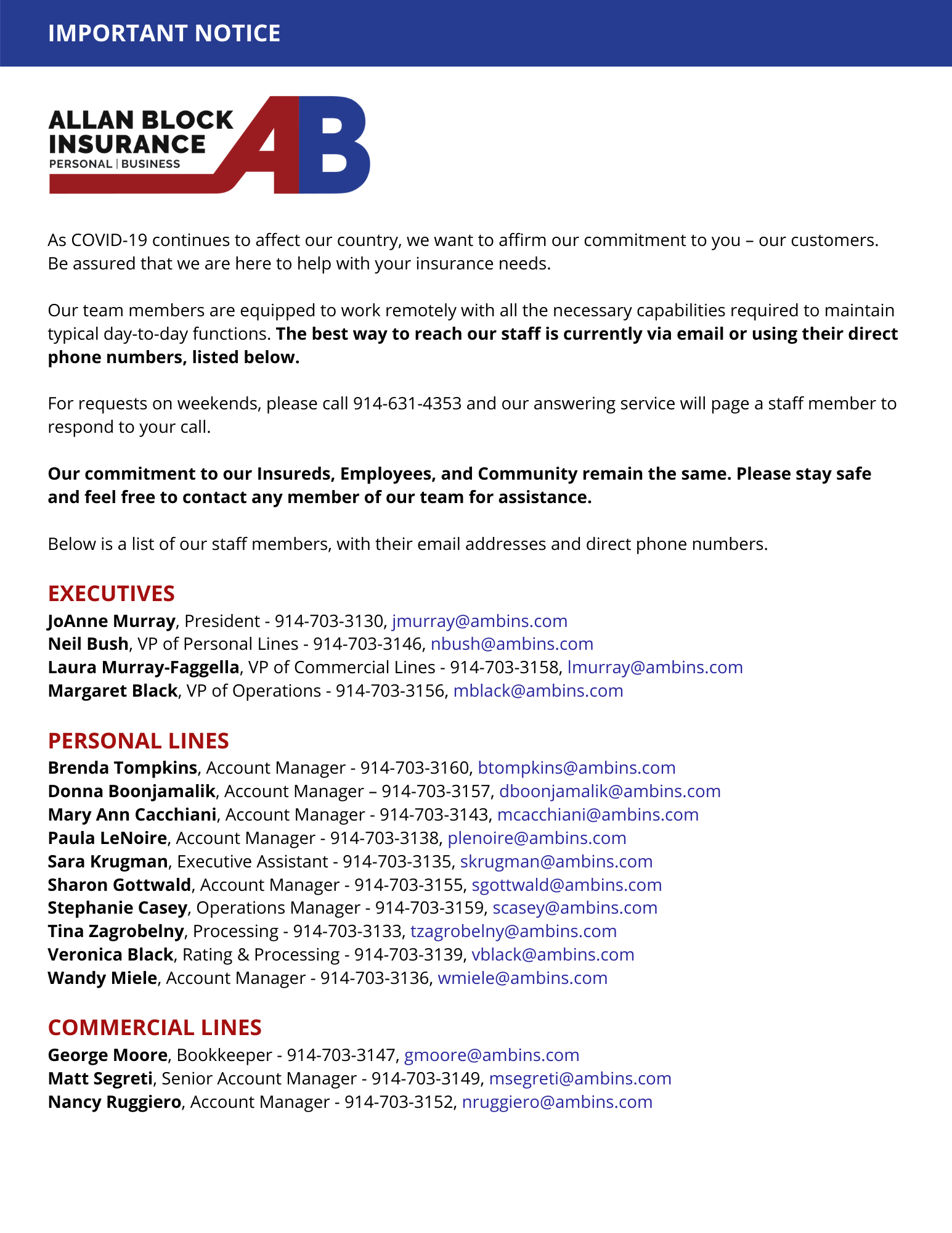Private auto insurance rates continued climbing last year with all of the country’s largest car insurance carriers raising rates by 15% or more from 2023 levels, according to a new report.
The rate hikes continue as car insurers face mounting claims costs due to increasing repair and replacement costs as well as more destructive natural disasters, among other factors. Many of the nation’s largest insurers have been bleeding red ink due to losses in their homeowner’s and auto insurance books of business.
As a result, they have been raising their rates significantly. The last two years, 2022 and 2023, have seen heavy rate hikes after insurers kept pricing steady between 2018 and 2021. Here are the cumulative rate hikes in 2022 and 2023 as compared with rates in 2021 for the top 10 private auto insurers, according to S&P Global Market Intelligence’s RateWatch app:
- Farmers Insurance: 34.7%
- Liberty Mutual: 31.1%
- Allstate: 30%
- GEICO: 29.1%
- Nationwide: 27.8%
- State Farm: 27.5%
- USAA: 26.5%
- American Family: 26%
- Travelers: 24.4%
- Progressive: 22.8%
Auto Insurance Rate Drivers
Carriers are raising rates to account for several factors:
Repair costs — The cost of vehicle maintenance and repairs jumped by 10.7% year over year in 2023, according to the Bureau of Labor Statistics “Consumer Price Index” report. That’s on top of even steeper increases in the prior two years. Several factors are to blame:
- Higher cost of auto parts.
- Higher labor costs as the repair industry faces a shortage of workers.
- Newer cars with lots of technology cost more to repair, particularly electric vehicles.
Natural disasters — It’s not just homes destroyed in wildfires, hurricanes, and other catastrophes, which are increasing in number and severity. Last year there were 28 natural disasters that each caused more than $1 billion in losses, including auto losses — the most ever.
More expensive cars — New and used cars are more costly. The average price of a new car in October 2023 was $47,936, compared to $38,000 in October 2018. The prices of cars escalated rapidly in 2021 and 2022 due to supply chain shortages that hampered vehicle production worldwide.
Roads are becoming deadlier — From 2019 to 2022, the number of deadly accidents in the United States increased nearly 18% — from 36,355 fatal car crashes in 2019 to 42,795 in 2022. Also, the number of pedestrians hit and killed by vehicles in 2022 grew to its highest level since 1981: 7,500.
More car thefts — Motor vehicle thefts increased by 29% in 2023 from 2022, meaning an additional 56,843 thefts took place last year, according to the Council on Criminal Justice. Since 2019, motor vehicle theft has shot up 105%, reversing a decades-long decline.
Options for reducing your premium
Auto insurers are raising their rates across the board, and many have even pulled out of the market. However, there are some steps you can take that can tamp down rate increases:
- Bundle policies. Most insurers offer discounts if you bundle multiple policies, such as auto, home, and umbrella insurance.
- Maintain a clean driving record. Drivers without a history of accidents and tickets are often rewarded with cheaper insurance premiums.
- Raise your deductible. A higher deductible means a lower premium, but it also means you will pay more out of pocket if you have to file a claim.
- Choose a cheaper car. If you are in the market for a new car, you should contact us to discuss the insurance. The more bells and whistles, the more expensive it is to insure.
Whatever you do, don’t reduce your liability coverage to the minimum level that your state requires. The minimum levels are not enough if you are at fault in an accident that destroys a BMW 7 series or severely injures other people.



